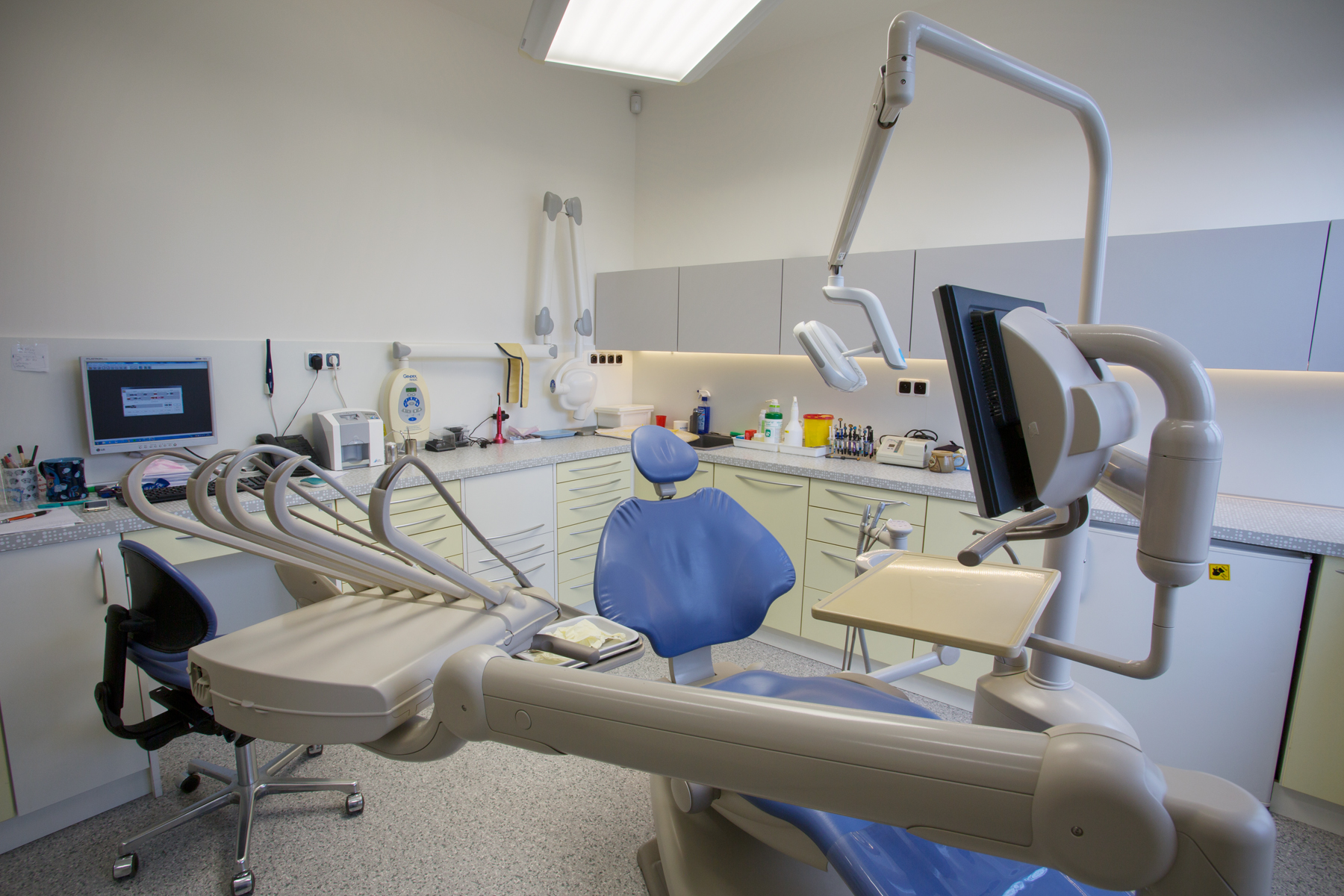ABOUT US
Welcome to our website, where you will find basic information about our stomatological practice, which has been in operation since 2004.
The practice is equipped with modern technology to ensure a high standard of treatment. We focus mainly on preventative, preservative and aesthetic stomatology.
As in every modern dental practice, the dental hygienist is an indispensable member of the team.
We also work with an orthognathic surgeon (jaw surgery), an implantologist, an endodontist (root canal specialist), and an orthodontist.
Treatment is, of course, carried out using a local anaesthetic.
We also offer the option of analgosedation, which is administered under the supervision of an anaesthetist.
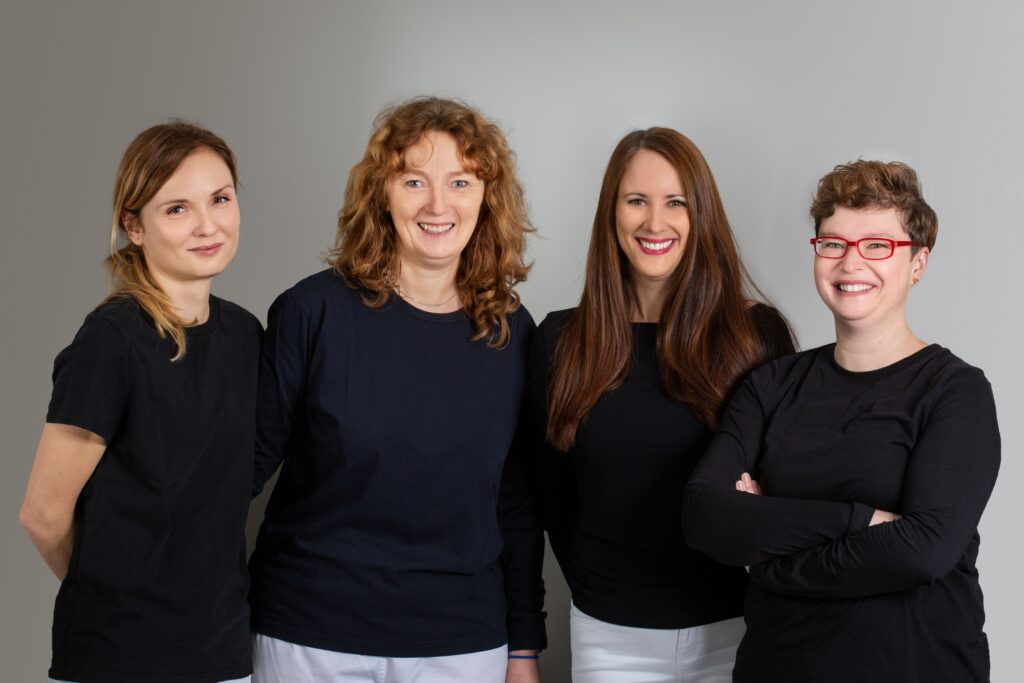
High standard of hygiene
In our dental practice, we follow the latest trends in modern stomatology and use the latest technology and procedures to ensure the highest possible standard of treatment. In order to meet our own high standards of quality and hygienic safety in the services we provide, we have installed in our surgery an air purifying device developed in the Czech Republic and designed especially for use in healthcare facilities. It is a unique product, which, thanks to its high suction performance and four-stage filtration process, is highly effective at purifying air and filtering out any dust microparticles, bacteria and viruses.
Your first visit
First of all, you will have a friendly conversation and fill in a short questionnaire about your medical history to give us an overall picture of your problems. That will be followed by detailed examination including digital RVG (radiovisiography) images, a panoramic image, and, possibly, images taken by an intraoral camera. On the basis of that examination, we will draw up a detailed treatment plan and price plan for you.
OUR TEAM
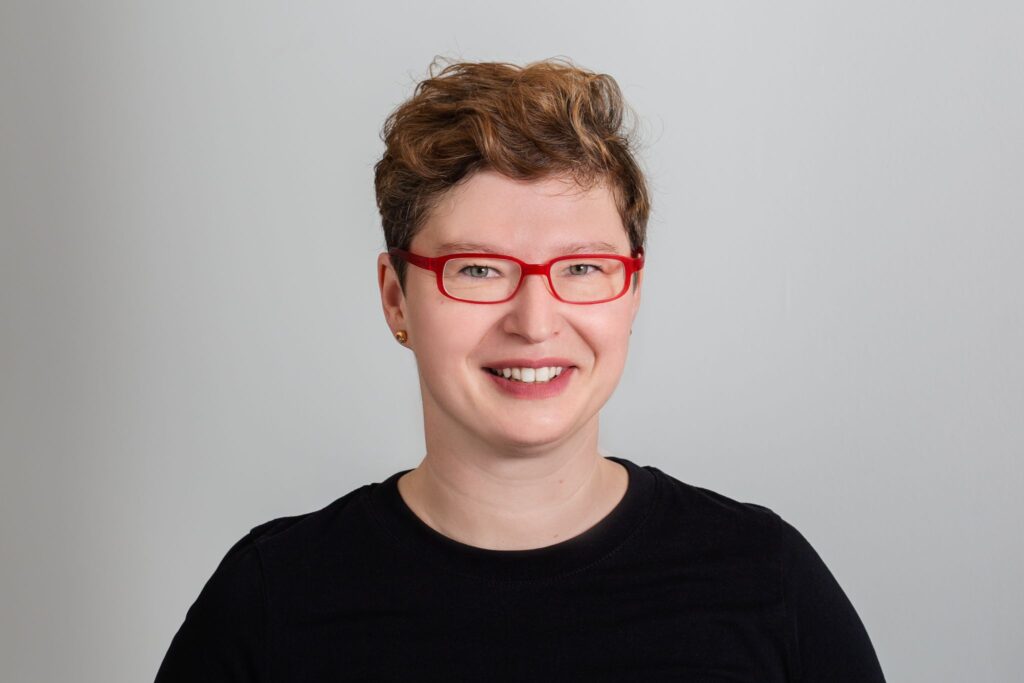
MUDr. Gabriela Tuková
Doctor
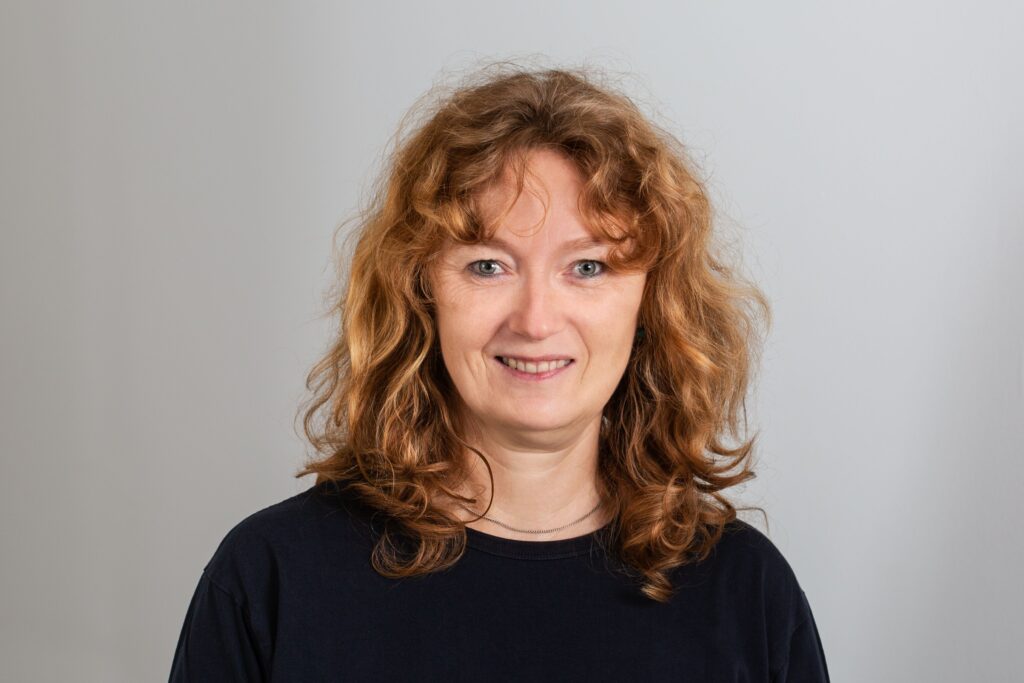
Zdenka Nouzáková
Dental assistant
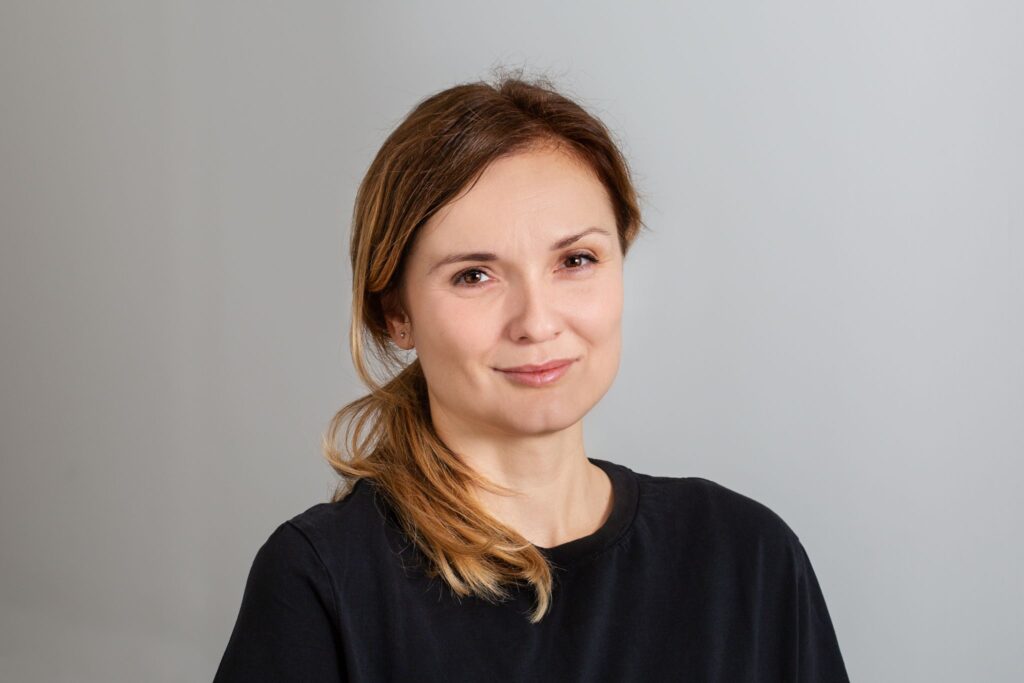
Mgr. Lenka Wágnerová
Practice manager
Tereza Sisáková, DiS.
Dental hygienist

Pavlína Menclová, DiS.
Dental hygienist
CONTACTS
775 116 165
Březenská 2466 / 2, Praha 8 Libeň
ordinace@gatu.cz
OPENING HOURS
Monday, Thursday
Tuesday, Wednesday, Friday
Appointments at other times can also be arranged
8.00 – 18.00
8.00 – 15.00
HOW TO FIND US
You are welcome to visit us at the Střížkov multifunctional building, Březenská street 2466/2, Libeň, Praha 8 (Prague district 8). The building is located next to the Kaufland supermarket, which is in Střelničná street.
We are located about 6 minutes’ walk from the Střížkov metro station. You may also go by bus from the metro station in the direction of Ládví, getting off at the first stop Třebenická.
If you are travelling from the city centre, you can take the metro to Ladví station then go two stops by bus to the Třebenická bus stop. Visitors coming by car may use the car park located next to the Kaufland supermarket, which is only 80 metres from our surgery.
INDICATIVE PRICE LIST
- Dental hygiene 1,500,- CZK
- Photocomposite filling from approximately 1,350,- CZK – to approximately 3,800,- CZK
- Endodontic treatment from approximately 2,500,- CZK for one root canal
- Metal-ceramic crown from approximately 7,500,- CZK
- All-ceramic crown from approximately 8,500,- CZK
COMMON PROCEDURES
Dental hygiene
Dental hygiene is an effective preventative method for the maintenance of healthy teeth and gums without caries or inflammation.
Our dental hygienist will teach you how to take care of your teeth and gums. We will remove unsightly discoloration from your teeth.
We will select the most appropriate oral hygiene aids.
If you wish, will help you to improve the colour of your teeth through whitening.
Even in the case of a patient with ongoing gum disease, through gradual treatment and care at home we are able to halt or slow down the course of the disease. Dental hygiene treatment also facilitates the work of the dentist, giving her much better conditions for carrying out vital health procedures.
The PURE WHITENING system
At our surgery, to achieve perfect results, we use only what we consider to be the best, which is why we have decided to use the innovative combined whitening method called PURE WHITENING, which is based on the fundamental principles of chemistry and physiology.
But why PURE WHITENING?
- All PURE WHITENING products and procedures are strictly standardised. PURE WHITENING is the only tooth whitening producer in the world to have the whole process of tooth whitening and product manufacture under its own control
- Thanks to the combined whitening system of PURE WHITENING, the teeth are able to absorb both oxygen and the whitening factors from the whitening gels well. As a result, this system can whiten the teeth of patients who have had no success with other systems.
- The PURE WHITENING system uses the lowest concentration of hydrogen peroxide available on the market. Gels for the at-home phase contain 10% or 16% carbamide peroxide (the equivalent of approximately 3% or 5% hydrogen peroxide), while the gels used in the surgery phase have 6% hydrogen peroxide.
- PURE WHITENING gels do not contain any stabilisers, preservatives, glycerol or other substances which are commonly found in other whitening gels and which cause the temporary increased sensitivity frequently encountered following
whitening. Sensitivity caused by PURE WHITENING gels is thus reduced to a minimum. - With the PURE WHITENING system it is not necessary to stick strictly to a white diet after whitening.
- After PURE WHITENING treatment, with regular care your shining new smile will last for ever.
How is PURE WHITENING carried out?
- First of all, we take an impression of your teeth at the surgery, then the people at PURE WHITENING use it to create perfectly fitting trays which you will use to apply PURE WHITENING gels over 14 nights.
- On your next visit to the surgery, you pick up you trays and whitening gels together with detailed instructions for the whole of the at-home phase of the tooth whitening process.
- The next stage is the two-week whitening process mentioned above, during which the patient carries out tooth whitening overnight.
- After two-weeks of at-home whitening, you will undergo the final whitening session at the surgery, which completes the whole cycle
If you are interested in the PURE WHITENING tooth whitening system, but would like to know more about it, we recommend that you visit the www.purewhitening.cz website, where you will find a photo gallery and more detailed answers to frequently asked questions.
Endodontic treatment
The aim, character and intended benefits of endodontic treatment
Endodontic treatment means the treatment of the interior of a tooth; that is, treatment of the root canals. It is essential whenever the dental pulp is affected by inflammation or necrosis, whether as a result of extensive tooth decay or an injury. This type of treatment allows a tooth which is otherwise dead to continue functioning in the mouth. The treatment is painless as it is always carried out under local anaesthetic. The treatment is highly demanding in terms of equipment and top-quality dental instruments and materials. At the same time, it requires maximum precision. To ensure the highest possible quality, we use only sterile, single-use instruments in the root canals.
The treatment is often very time-consuming; for example, the treatment of teeth with multiple roots can take 3 to 4 hours spread over several visits. Because of the need to maintain a clean operating field, we use barriers, especially the so-called dental dam, which is a rubber membrane which surrounds the tooth being treated and thus prevents the contamination of the root canal system by saliva or blood. Our aim is to treat the whole length of the root canal, which we investigate during treatment either using X-ray images, or electronically using a so-called apex locator.
The aim of this treatment is to prevent, or, if necessary, to treat bacterial infection in the root canals of a tooth. It is important first to perform high-quality mechanical and cleaning and then hermetic sealing of the root canals. In some cases, endodontic treatment is necessary before the creation of a dental crown or bridge.
The root canal must be sufficiently widened and cleared of all remains of dental pulp. This is done using special endodontic motors as well as chemical disinfection. The next important step is the hermetic sealing of the root canal. Most frequently, root canals are filled with gutta-percha points and a liquid sealer, which, after some time in the canal, sets in combination with the warm, liquid gutta-percha.
In an ideal case, this makes the root canal impervious to bacteria and thus prevents it from being colonised and infected by them. Effective endodontic treatment requires a perfect filling or prosthetic work (a dental crown or something similar), which prevents the repeated colonisation of the root canal by bacteria. Finally, we carry out a control x-ray to check that the treatment has been performed correctly.
Alternatives to endodontic treatment
The cost of the endodontic treatment described above is covered by the patient
himself/herself. The alternatives to that treatment are either extraction of the tooth, or a form of endodontic treatment that is covered by health insurance, but which takes longer and, due to the inferior materials and equipment used, cannot be considered to be high- quality. To help you choose between endodontic treatment paid for by the patient and treatment covered only by health insurance, we present the following comparisons:
Endodontic treatment covered only by health insurance:
- Length of treatment: about 15 minutes. Prognosis: long-term function without complications less than 50% probability.
- Prognosis: pain, swelling, granuloma (inflammation).
- Probability of eventual extraction more than 50%.
Endodontic treatment paid for by the patient:
- Length of treatment: 120 minutes or more.
- Prognosis: success in 90% of cases.
Therapeutic regimen, preventative treatment and eventual requirement of further medical services after the performance of endodontic treatment. For an endodontically treated tooth to be considered to be fully functioning, several conditions must be met.
One of these is the correct performance of root canal treatment described above.
This treatment causes a certain weakening of the tooth, and even normal chewing can cause the tooth to break up. A further no less important condition is, therefore, what is known as post-endodontic treatment, which most frequently involves strengthening the tooth with a point, then creating a crown, which functions like the hoop of a barrel.
INTERVIEWS
Czech Radio Regina, 16. – 20. 11. 2015
Advice programme on correct dental care for our children with dentist Gabriela Tuková.
16. 11. 2015
What age for a first visit to the dentist?
17. 11. 2015
When should children learn to clean their own teeth?
18. 11. 2015
Painful teeth and their fillings
19. 11. 2015
When to start thinking about straightening crooked teeth
20. 11. 2015
The most important rules for the care of young children’s teeth

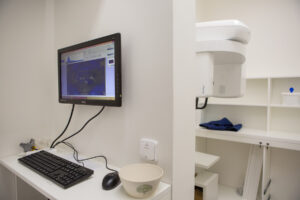

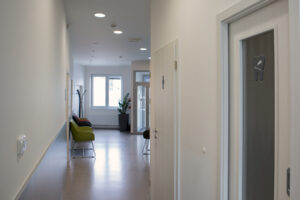
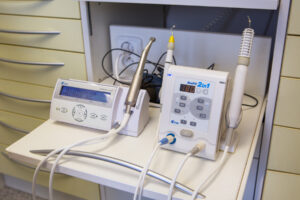
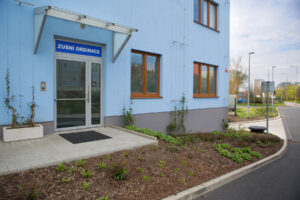
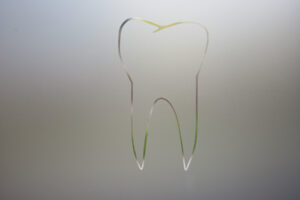
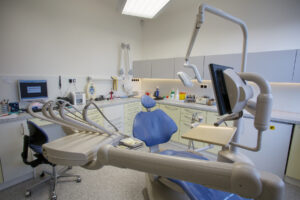
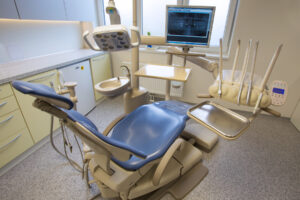
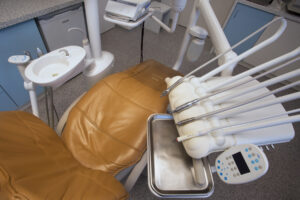
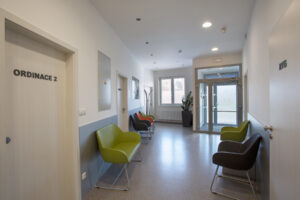




Předchozí
Další
